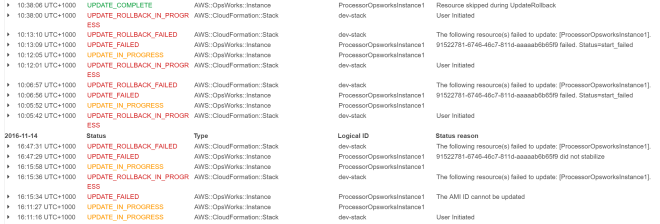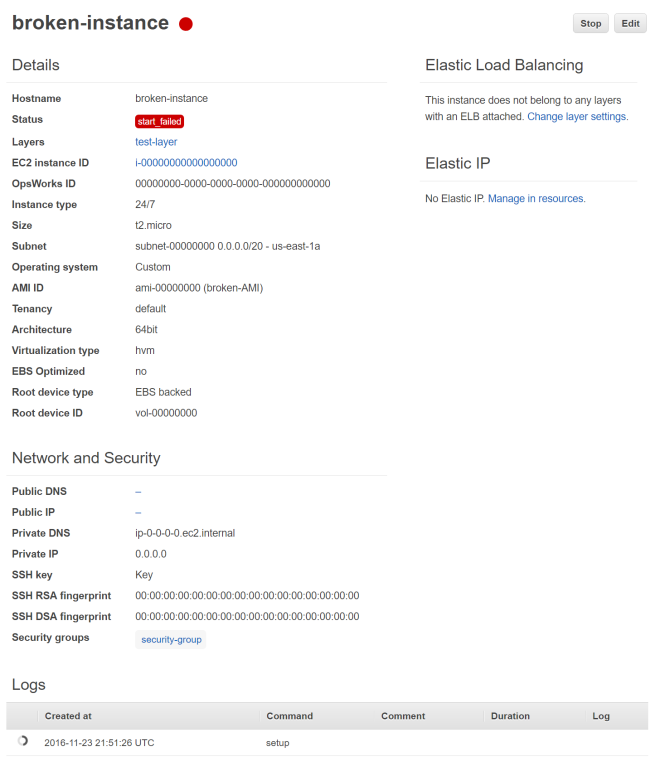For the last few years I have been a career mentor for I.T. students at QUT. As part of that I try to inspire the students to start blogging. In this post, I’m going to detail reasons why you should blog. It’s written with students and graduates in mind, but I think everyone should be blogging. I regret that I was slow to start.
It is intimidating to start. You might think that you don’t have anything worth blogging about, or that your posts won’t be good enough for others. Forget about what others might think.
You should blog for your own personal development.
Blogging will help you work through ideas, you will learn more as you research your posts, and your communication will improve.
Blogging is good for your career. It will show your interest, that you enjoy learning. It will also show that you can communicate and share ideas. It will differentiate you from other students and graduates without a blog.
Forget that others might read your blog and start blogging for your own benefit. Blog about what you are learning, the parts you found challenging and what helped you to overcome that. Blog about what you have built and how you have applied what you are learning.
You are just starting out in your career and that gives you a different perspective from experienced bloggers. Writing from your perspective might allow you to create content that helps others starting out in their career. Sooner or later people will start reading your blog and you will have contributed to the community. You might even find looking at your view count addictive!
Hopefully this convinces you to start and I am always happy to help and review.
If you need more convincing I recommend you read Scott Hansleman’s or Steve Yegge’s or Erik Dietrich’s opinions.


